
Looking ahead: how close are we to travelling by Hyperloop and commercial rocket?
How we travel on our roads, rails, airways and seas is changing. This evolution may be gradual, or could dramatically alter our lives. The Future of Transport is a five-part series exploring the new technologies in development and asks whether they are they part of tomorrow’s world, or still decades away.
Conservative visions of the future of transport are based on gradual improvements in existing cars and trains and ships and planes.
But there are a few ideas out there which propose radically new concepts. Some have been around for many decades but, their advocates insist, have been unjustly overlooked. Others are based on emerging new technologies. Some are fun. Others could be fundamental. To conclude this series, here are some of the biggest blue sky ideas for transport’s future.
Hyperloop
Perhaps one of the most outlandish transport concepts of the last decade has been the Hyperloop, a system in which depressurised tubes would be sent whizzing around the world at 650mph.
It was, almost inevitably, Tesla and SpaceX founder Elon Musk who gave the project initial momentum in 2013 with a detailed 58-page presentation.
In 2014, Musk made the concept “open source” allowing others to develop it. Since then, half-a-dozen or so companies have taken up the challenge, notably Hyperloop One, which after Richard Branson joined in 2017 became Virgin Hyperloop One and is now Virgin Hyperloop.
All interested parties propose similar designs: to use passenger compartments using magnetic levitation (maglev) inside low pressure tubes to attain huge speeds with little energy.
Hyperloop system breakdown
Part of the problem is that maglev itself has long been promised as the rail transport of the future, yet failed to flourish due to the huge cost of building the track, with its powerful magnets embedded in concrete. That bulky infrastructure also makes switching points tricky and slow.
What takes a second with metal rails takes many minutes with maglev.
And yet, Hyperloop is far from dead, despite ever-extending deadlines. Virgin Hyperloop and its rival TransPod are building or extending test tracks and signing deals for initial lines scheduled to open towards the end of the decade.
Virgin’s is in India, from Mumbai to Pune. TransPod’s is in Canada, where it has just signed a deal with the government of Alberta to begin preparatory work for an intercity line between Edmonton and Calgary, due to start building in 2025.
What a European hyperloop network could look like
Meanwhile, a consortium of other Hyperloop companies have banded together to standardise their various technologies and ensure interoperability across borders. In the event that a continental network of Hyperloops is ever built, of course.
Change the world factor — 8/10
Will it happen? — 4/10
Airships
Somehow, we all seem to long for a revival of the airship, that glamorous ocean liner in the sky whose reputation literally went up in flames with the Hindenburg.
The dream has long been alive. Take Britain’s Hybrid Air Vehicles, which is developing two models, one of which it hopes will carry 200 passengers or 60 tons of cargo over 4,600 miles. It has its roots in projects and companies stretching back to the Seventies.

The Airlander 10, first unveiled in 2012, uses helium and four propellers to get off the ground and has a top speed of 100mph
- Read more: How airships could provide the future of green transport
But the concept – cleaner, cheaper passenger and freight transport to almost anywhere without the need for airport infrastructure – is simply too alluring to let go, despite concerns about speed, storms and supplies.
Fancy an airship cruise to the North Pole? Ocean Sky Cruises are selling them already at a reported £50,000 per couple. Lockheed Martin’s prototype has its own tag-line: “No roads, no runways, no problem.”
Airships, then, seem perfect for the extremes of the market – high end luxury travel for small numbers, and delivering disaster relief in areas with little access. The fact that they can stay aloft for days at a time also makes them useful for monitoring and surveillance, like forest fire detection, adds another string to their bow.
But those are still niche areas. It’s hard to see them become mass market game changers in the sky.
Change the world factor — 6/10
Will it happen? — 8/10 (in niche areas)
Human flight
You may have seen videos of Richard Browning, the man who made a jetpack that could fit in a couple of suitcases. The 60lb, 5-turbine, 85mph, 10-minute-aloft thriller is unlikely to become a form of mass transit soon. Browning concedes that “it’s very noisy and potentially dangerous”.
But the Jet suit testifies to the continuing allure of that age-old dream: “To feel your feet lift off the ground,” as Browning describes it. “The ultimate freedom of true flight.”
The biggest dreamers, however, are not interested in jetpacks. Hugh Herr runs the Biomechatronics group at MIT’s Media Lab. A double amputee, he is trying to allow the brain to control prosthetic limbs as easily as it does natural limbs, a process he calls NeuroEmbodied Design.
Those prosthetics don’t have to resemble existing limbs. “In this 21st century,” he says, “designers will extend the nervous system into powerfully strong exoskeletons that humans can control and feel with their minds. In this 21st century, I believe humans will become superheroes.” Better start designing your costume and cape.
Change the world factor — 10/10
Will it happen? — 1/10
Earth-to-Earth space flight
Last month, a Falcon 9, the first stage of a rocket that blasts satellites into orbit for Musk’s company SpaceX, made history. It took off. Then, having given its all, detached.
The trick was what happened next: it guided itself back to a floating landing pad in the Atlantic, breaking a record en route because this was its sixth flight.
Reusable rockets are one of the reasons that space flight has got dramatically cheaper, bringing the cost of delivering a kilogram (2.2lb) into orbit down from $50,000 (£37,722) in the days of the Space Shuttle to around $1,500 today.
Collapsing cost will also potentially make what Musk this summer called “hypersonic travel around the Earth” economically possible on board a craft called Starship.
Starship’s first test flights, he says, will come in the middle of this decade. A video shows how it would work, with passengers leaving a dock in Manhattan at 6:30am, being whisked by boat to a floating launch pad (20 miles offshore) for a 7am blast off to Shanghai. Travel time 39 minutes.
The rocket would be vast. Its cabin would be bigger than that of the biggest passenger aircraft in the sky – the Airbus A380 – and hold 1,000 people, strapped in as if on a rollercoaster. Even the promotional film makes it look like a gut-wrenching ride. Musk himself conceded: “It’s basically an ICBM travelling at Mach 25 that lands.”
But for those who can keep their breakfast down, and pay the $1,000+ a ticket would probably cost, London to Los Angeles journey time would be reduced from 10h 30 to 32 mins; London to Hong Kong from 11h 50 to 34 mins. “It will be real,” Musk insists.
The south-African born entrepreneur has a track record of making the unlikely possible. Tesla’s outperformance is one of the reasons he is now the third richest man on the planet. But he is not the only one trying to reclaim the era of supersonic intercontinental travel lost with the demise of Concorde.
In August, Branson’s Virgin Galactic signed a partnership with Rolls-Royce to build an aircraft for up to 19 passengers that would fly three-times the speed of sound at 60,000ft, reducing London to New York flight time to 90 minutes.
One of its principal challenges will be limiting the ear-splitting sonic boom that comes with passing the sound barrier. While it has not announced a launch date, a trio of other companies – Aerion, Spike and Boom, all American – are aiming for mid-decade take-off for their craft.
If they succeed – and it is a big if, given repeated failed projects – a new era of extreme air travel would arrive. After all, to date only 500 or so people in history have become astronauts. With Starship, Elon Musk could create twice as many, in a single flight.
Change the world factor — 9/10
Will it happen? — 2/10
Late Apple founder Steve Jobs’ impact on consumer computing and entertainment was so profound that his Telegraph obituary described him as the man who “did more to determine what films we watch, how we listen to music, and how we work and play than any other person on the planet”.
It’s hard to escape the conclusion that transport has a similar visionary figure: Elon Musk. Musk began this series, with his Tesla cars. He has ended it, with Starship. He is also playing a notable role in the coming transformation of freight with the Tesla Semi. And that’s all without mentioning his company SpaceX, which is upending the economics of travel beyond Earth’s orbit.
For if we really want to think about the very grandest future aspirations of transport, we should consider the many current projects – from both states and entrepreneurs – that represent something of a renaissance in the field of space travel. This July, no fewer than three separate rover missions to Mars blasted off – from Nasa, the UAE, and China.
For Musk, there is a very clear link between the Tesla car and the SpaceX rocket. Ultimately, he thinks, man must become a multi-planetary species to guarantee survival. The risk of extinction is too great if we only have one home. It’s a catastrophe that we might even cause ourselves unless we move soon to cleaner fuels, he fears – hence electric cars.
For him the Tesla is not just a vehicle. It is the first stage in mankind’s voyage across the solar system and beyond. It is a journey beyond our planet that we are all already on.
Read more in The Future of Transport series:
Part one: Is this the end of the road for the traditional car?
Part two: All change as Silicon Valley comes for public transport
Part three: Air taxis and electric planes get ready for take off
Part four: When the boat comes in, it won’t have a crew
Which blue sky idea for the future of transport looks the most promising? Share your view in the comments section below





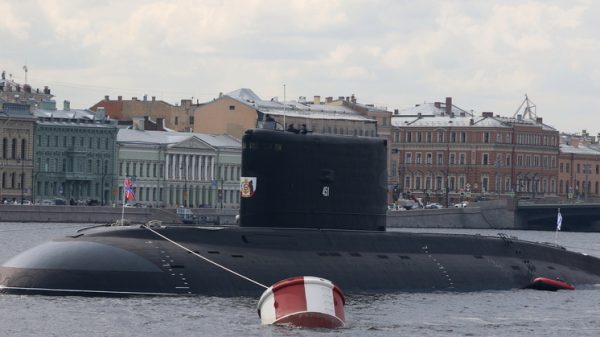



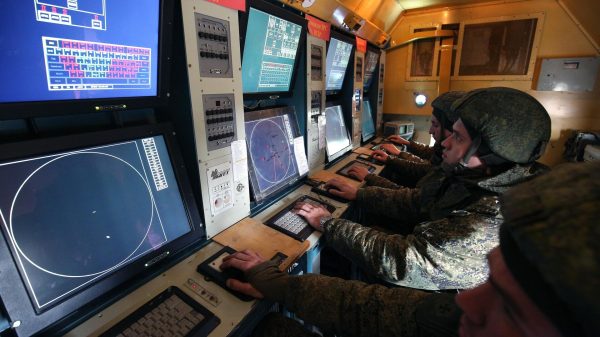







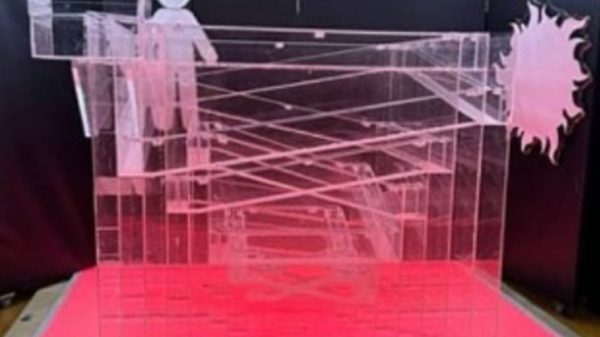


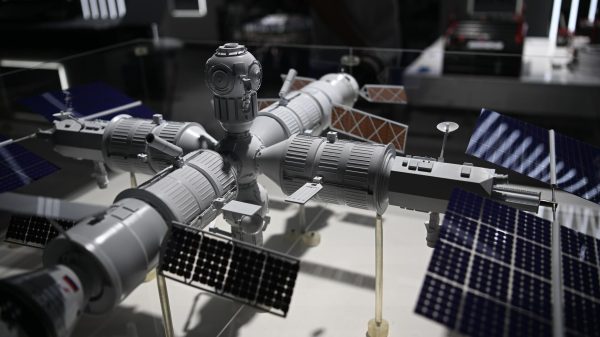






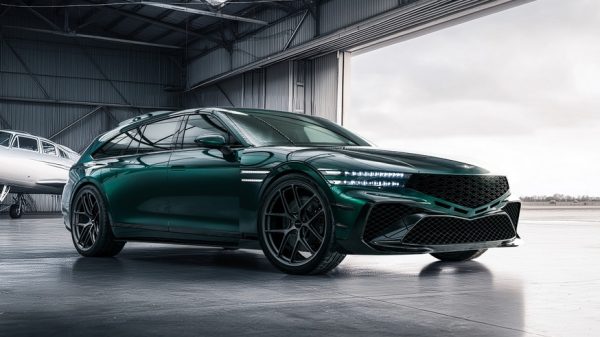
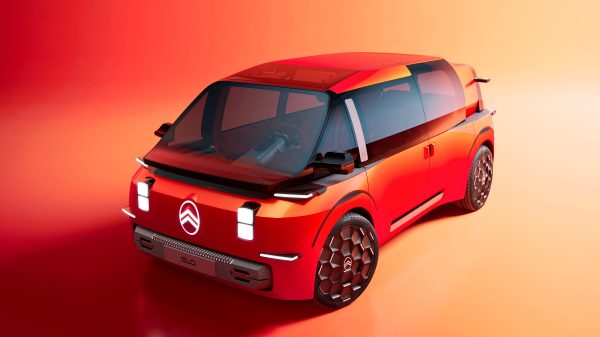

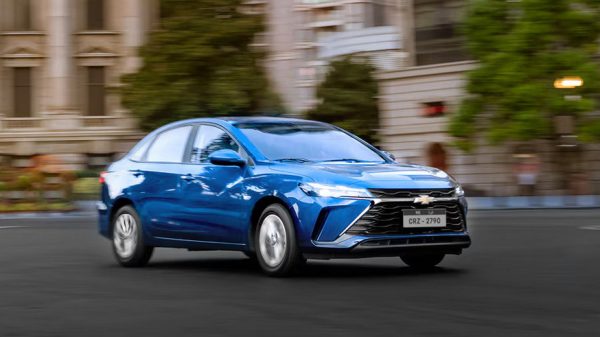






















Свежие комментарии